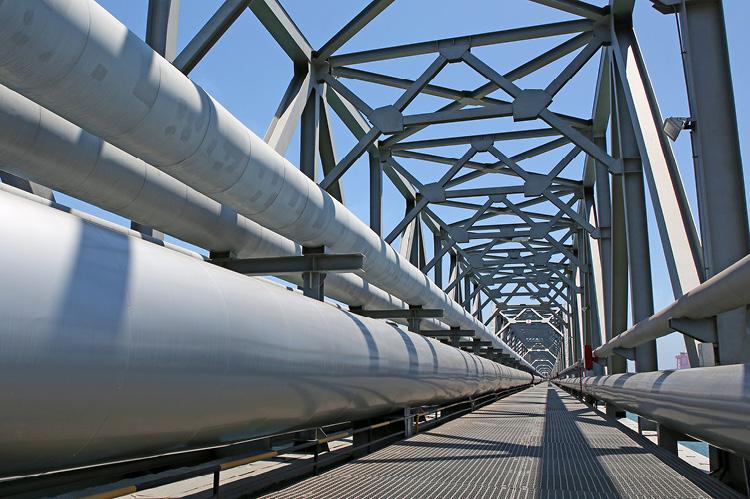Natural Gas And Natural Gas Pipelines To Play Critical Role In Decarbonization Transition

A just released report on the steps EU member states are taking to decarbonize their respective countries by 2050 makes clear that no one decarbonization prescription fits all countries. As a result the specificities of each will be considered in the final analysis. Boyana Achovski, Secretary General of Gas Infrastructure Europe (GIE), the association representing the interests of European gas infrastructure operators active in the transmission, storage and regasification via LNG terminals of renewable and low-carbon gases, including natural gas and hydrogen, said no state should be left behind when devising future legislation governing the transition to no carbon.
Achovski explains: "Due to their transit character and historical circumstances, countries in South-Eastern and Central-Eastern Europe have their energy mix strongly based on coal. Therefore, the existing gas infrastructure will play an important role when switching from coal to natural gas to hydrogen. Building on our well-developed infrastructure, the gas assets will gradually accommodate growing shares of renewable and low-carbon molecules, including hydrogen. Today, it already provides increased flexibility in complementing the electricity systems by storing a huge amount of renewable and low-carbon molecules. On top of that, our pipelines, underground storage facilities and LNG terminals can be fit for hydrogen with some retrofitting and repurposing.”
Further, the report presents multiple pathways in which a future-proof gas infrastructure could ensure resilient security of supply by integrating large volumes of renewable and low-carbon molecules, including natural gas, hydrogen and biogases.
Main highlights:
- By 2030: Switching from coal to gas is expected to be an intermediate step in transitioning to a zero-carbon economy. Coal-based total CO2 production in the ten selected countries equalled 645,9 Mt CO2 in 2018, which is equivalent to the overall emissions generated in France and Spain (656 Mt CO2).
- By 2050: Renewable and low-carbon gases will complement and slowly replace natural gas. These gases will play a major role in the future energy system as they will secure a baseload energy supply in these regions. Renewable gases like green hydrogen will gradually adopt the role of integrating the electricity and gas sectors, providing more flexibility within the entire energy system.
- The existing gas infrastructure supports the integration of renewable electricity in Europe and reduces the need for large investments into electricity grids – on both transmission and distribution levels.
- In the short-term, natural gas can have an immediate and tangible positive effect on the life of EU citizens: air pollution resulting from burning high-emission fuels (including NOx, SOx and fine particles) constitutes a serious health problem in many communities.
- Each country is moving towards decarbonisation in a different way. The common denominator is the shared awareness of the issues at stake, their urgency as well as a strong push for efficiency.

